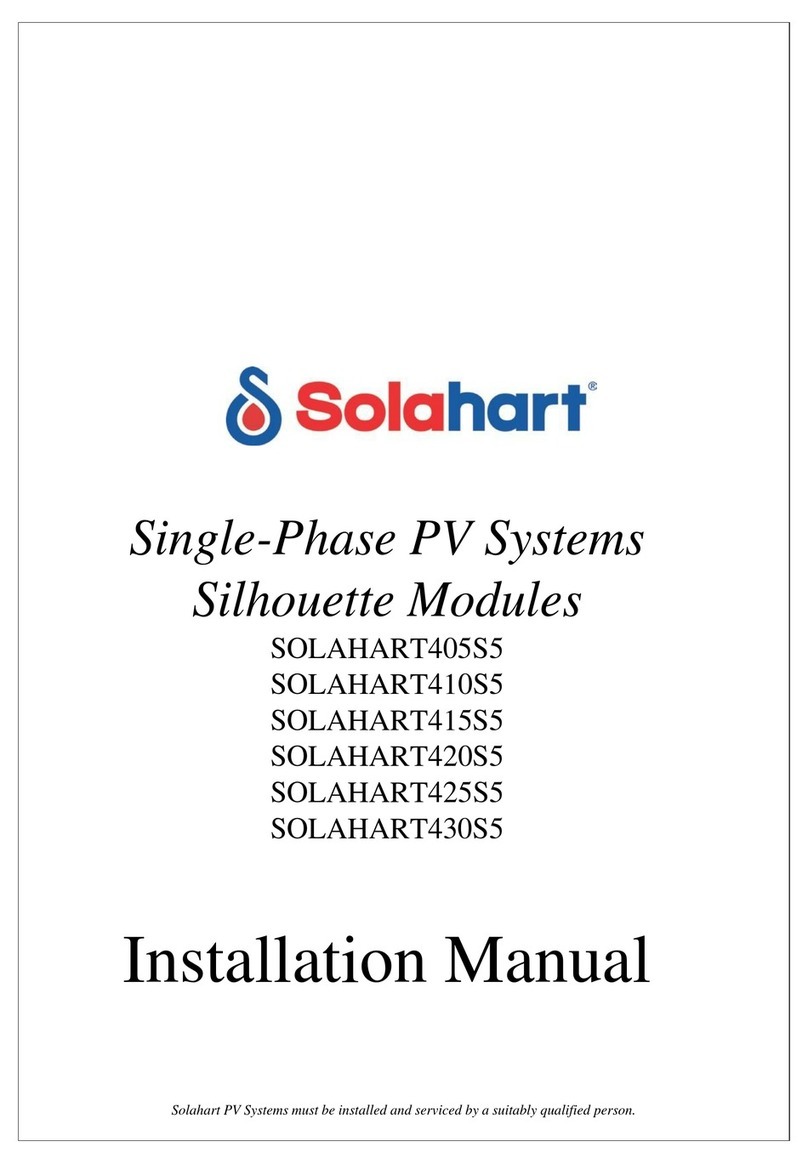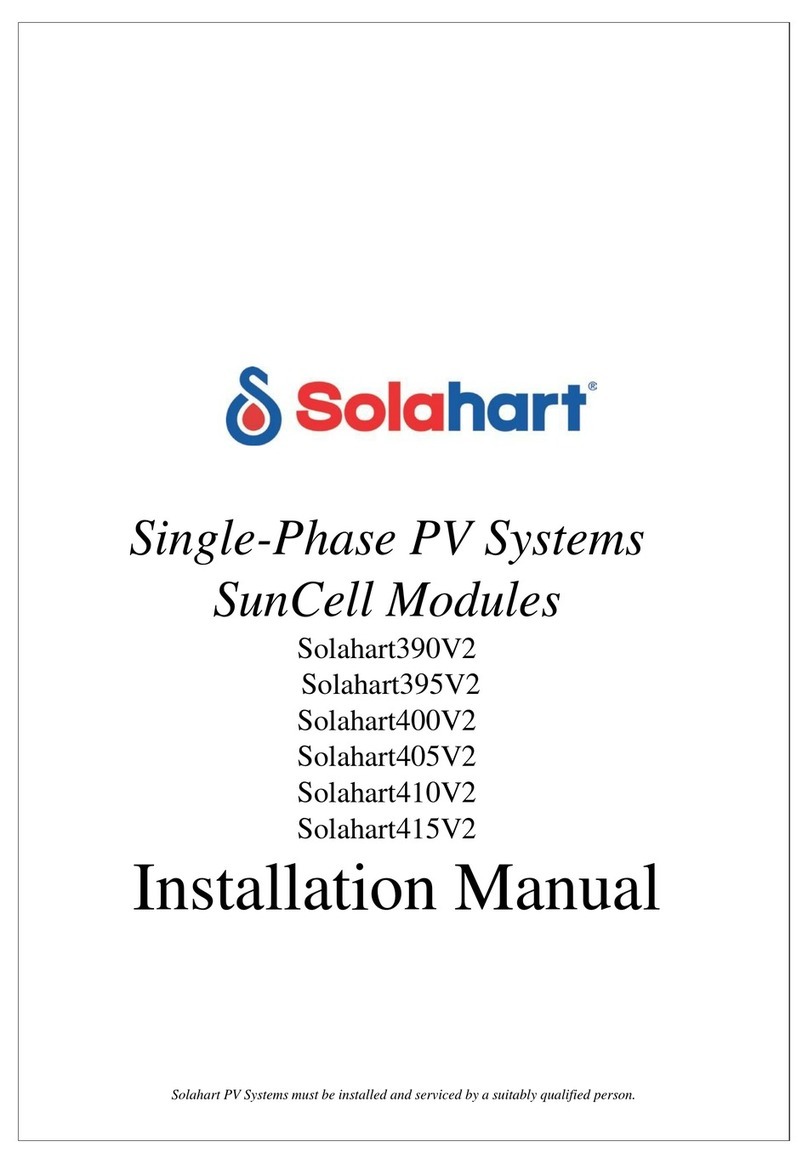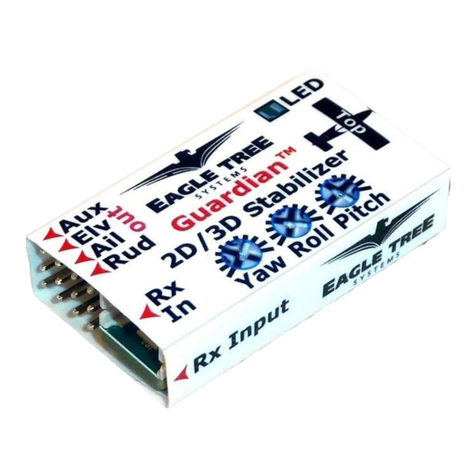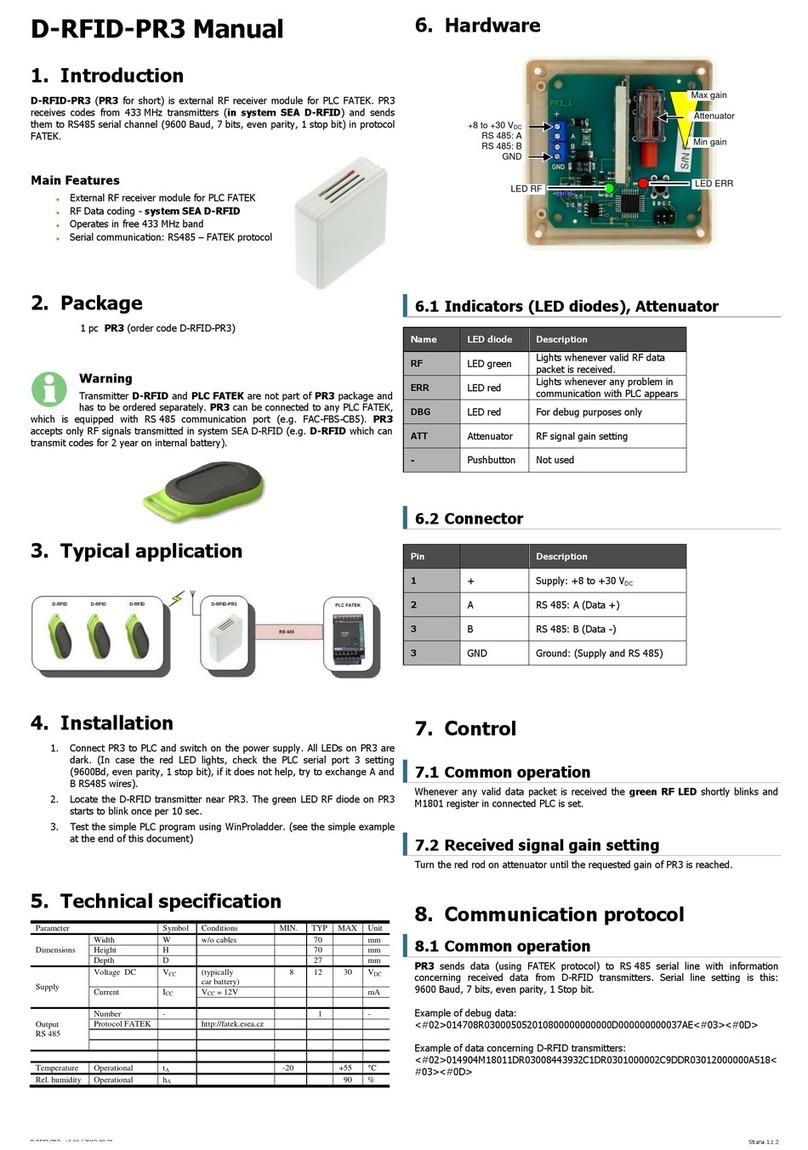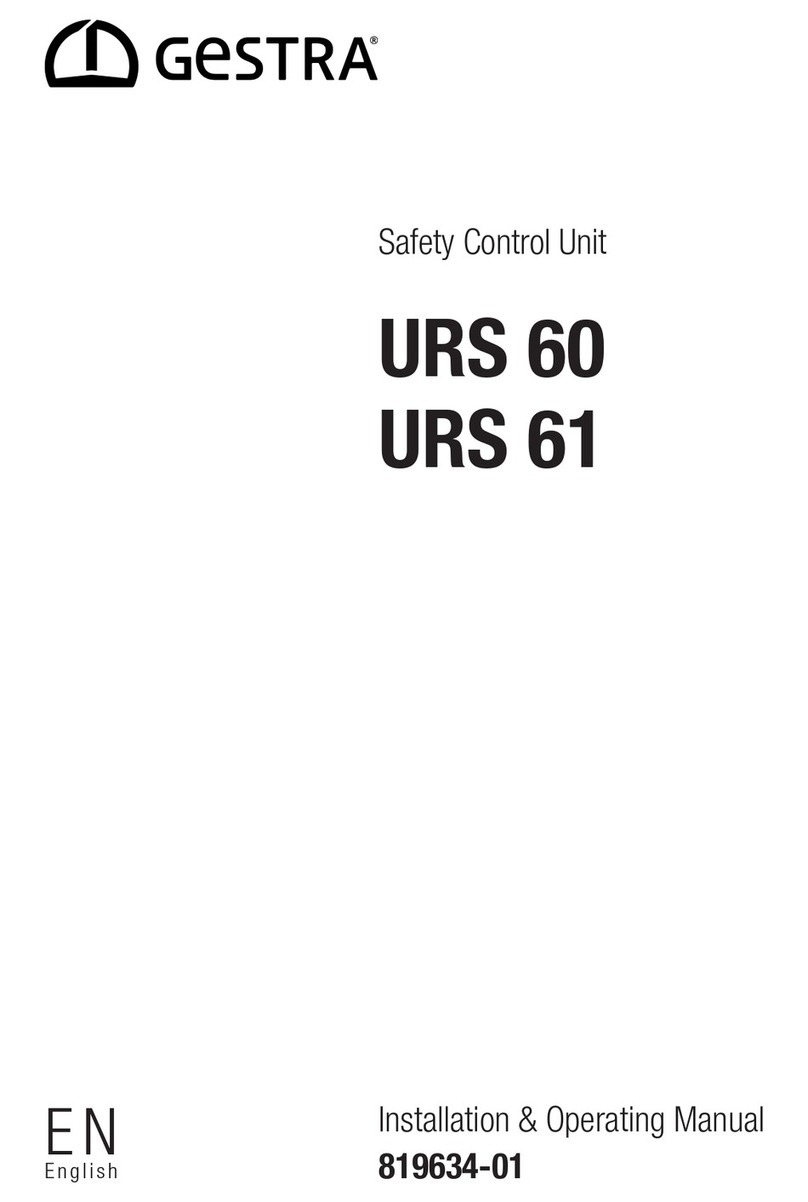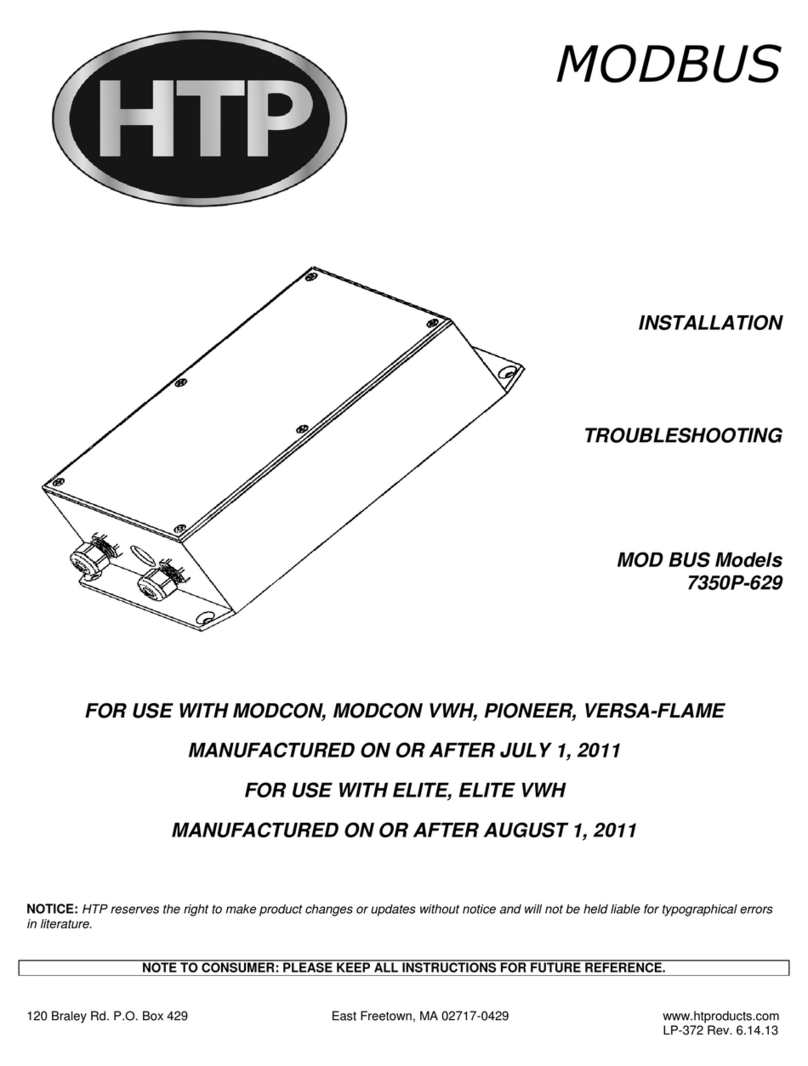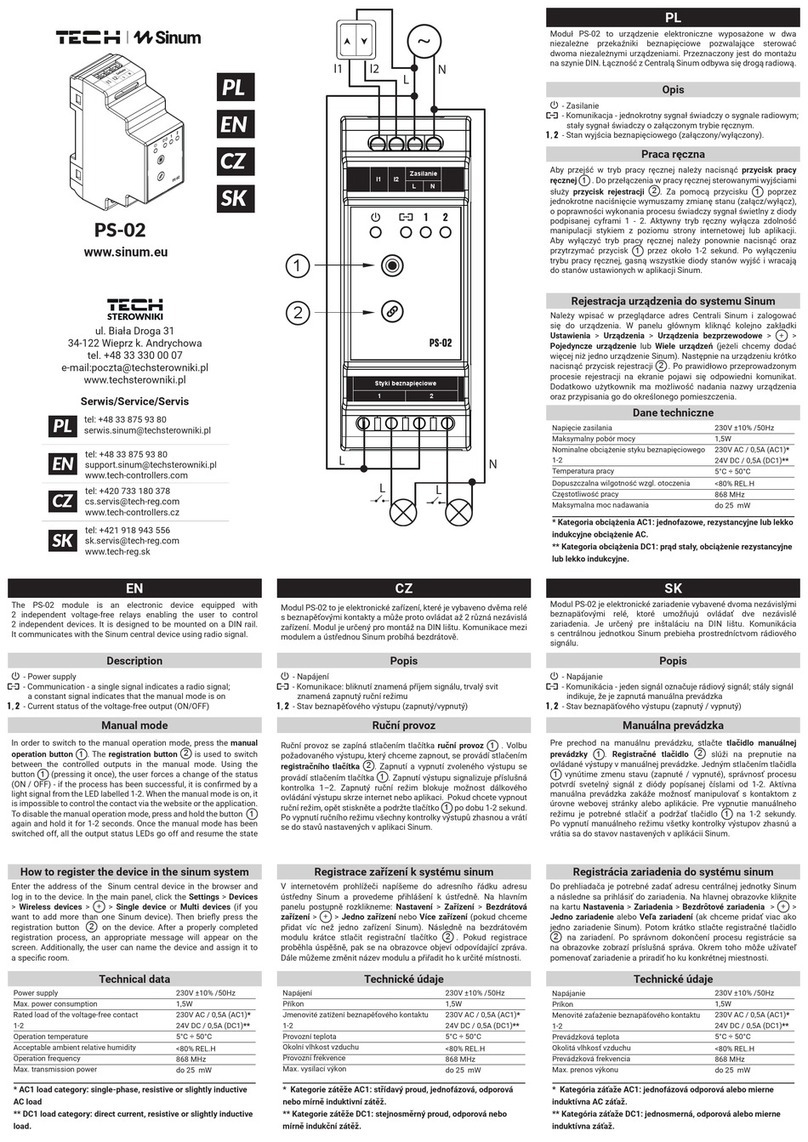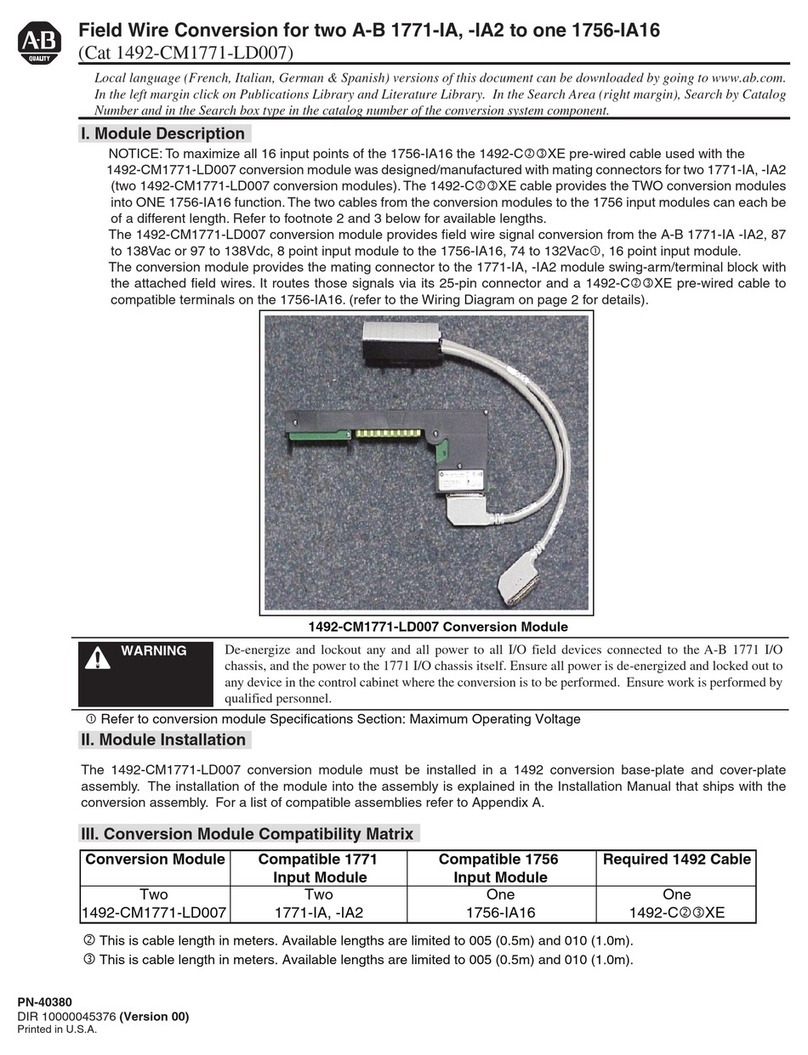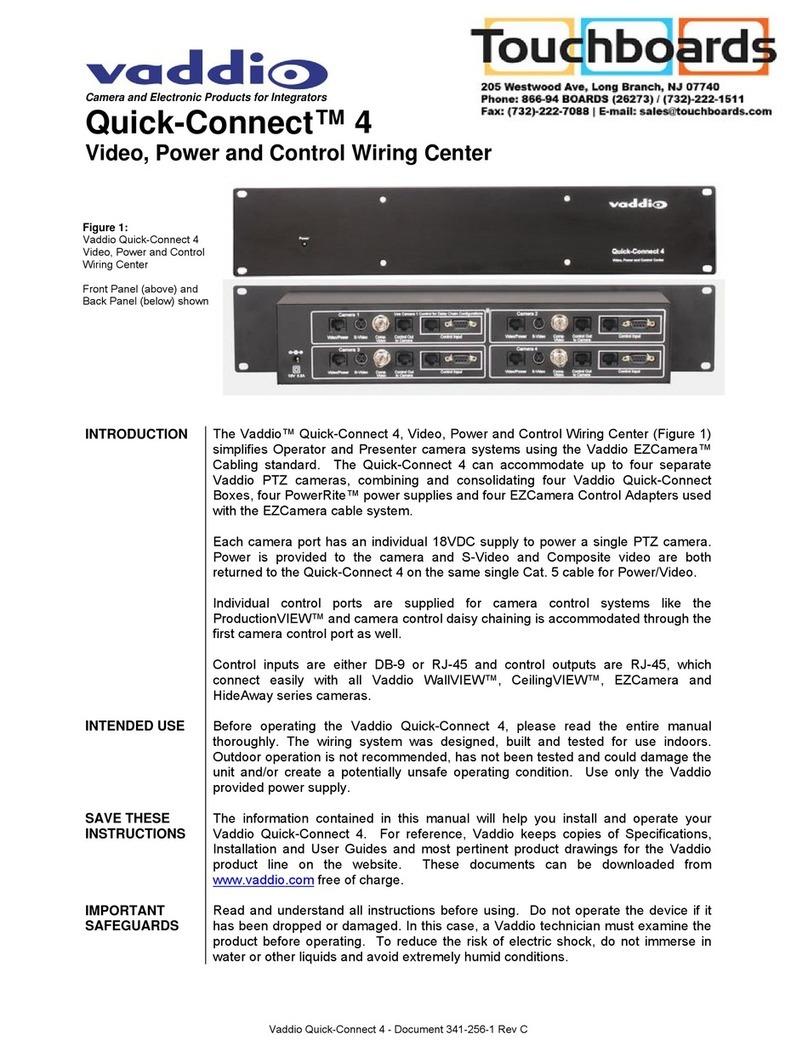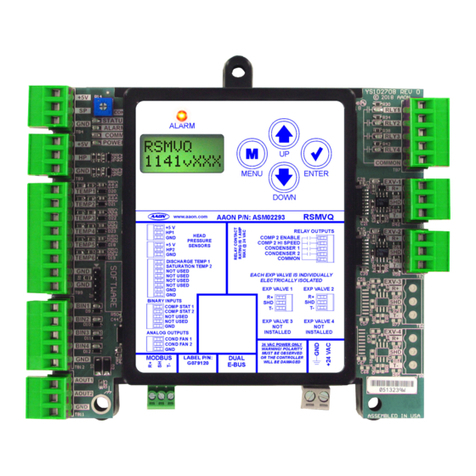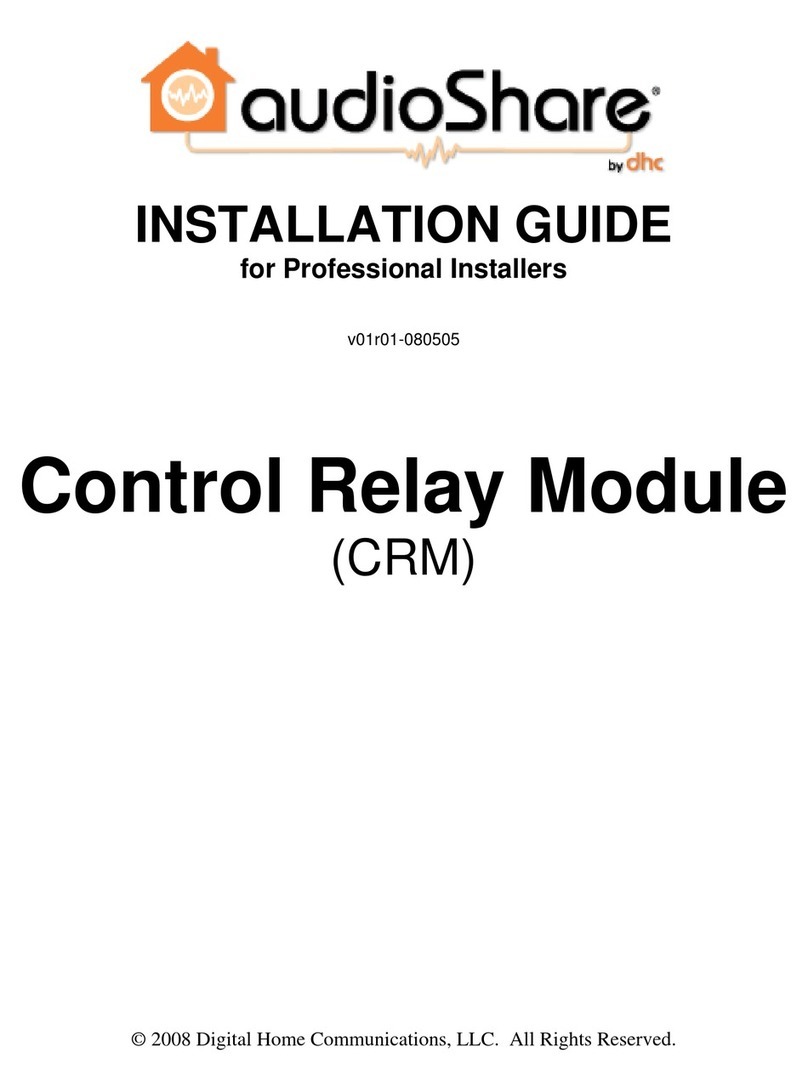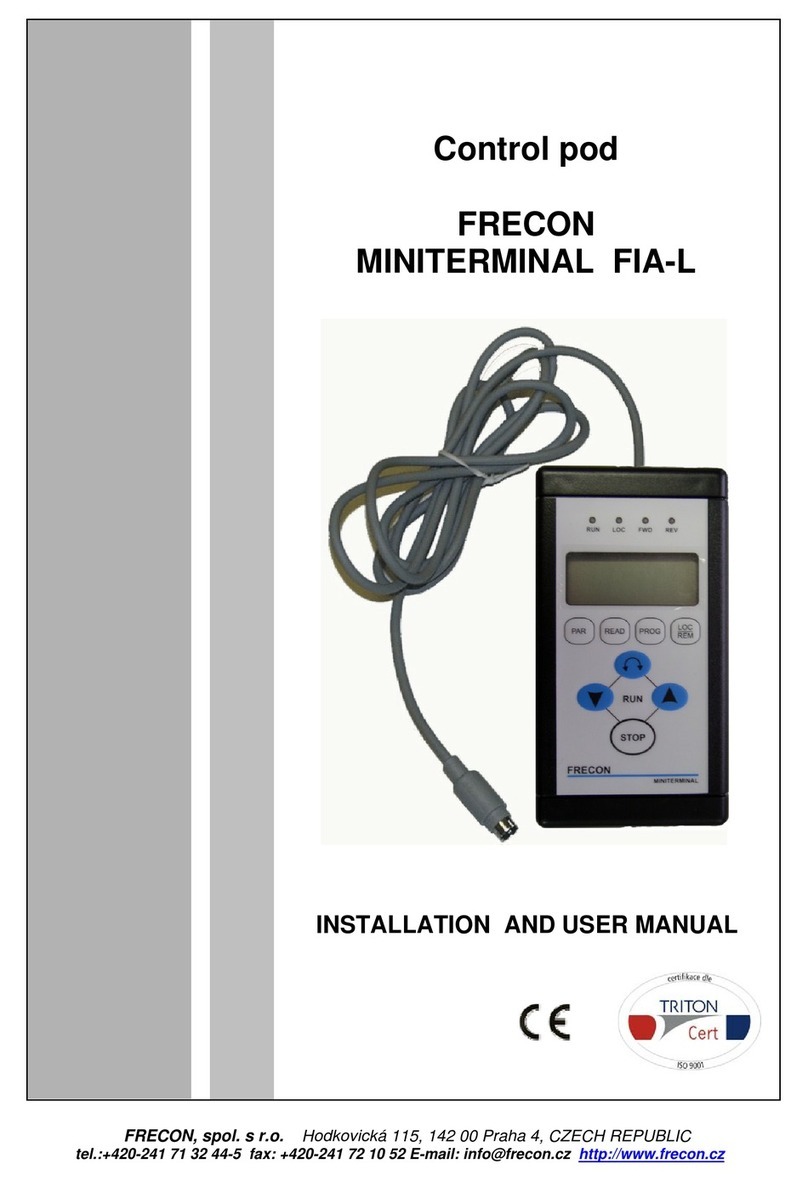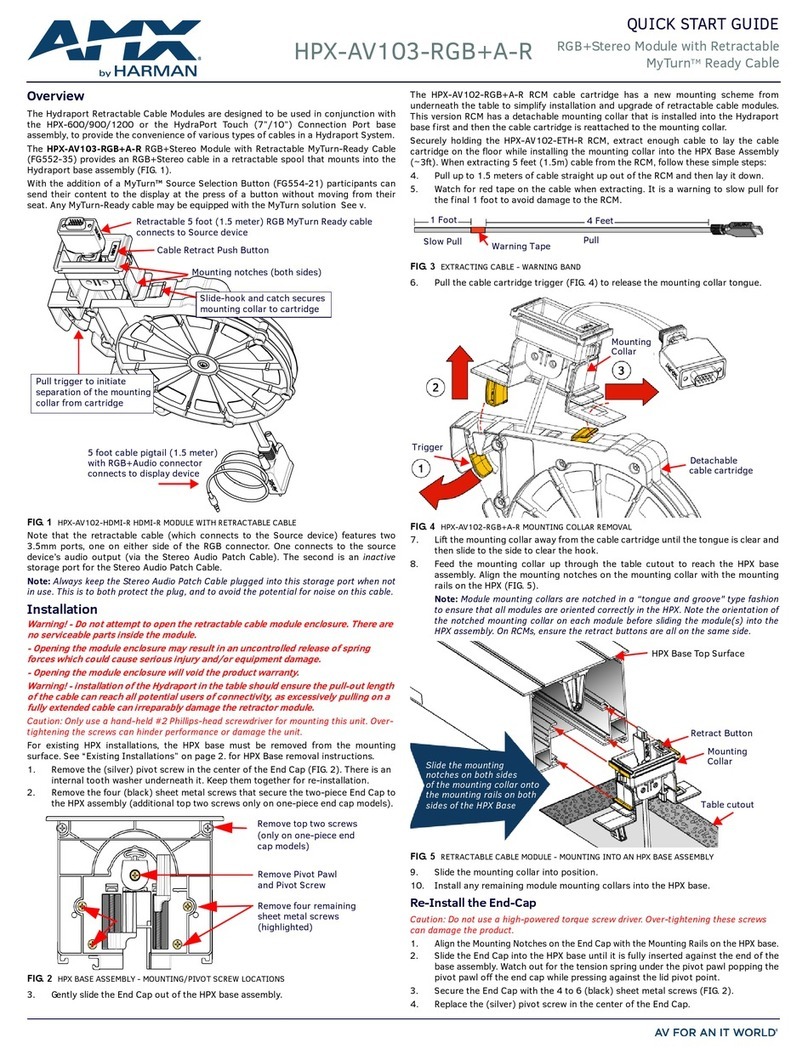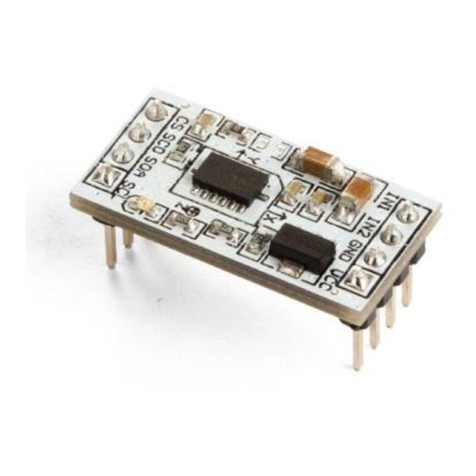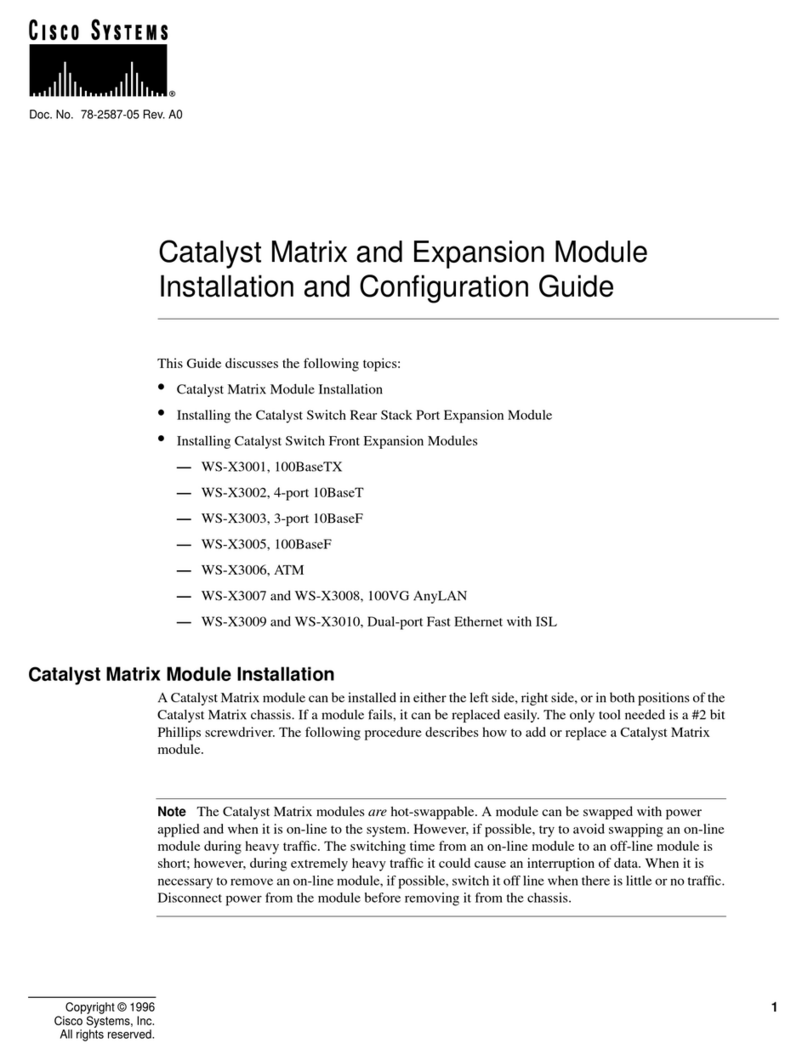Solahart SunCell Solahart345V1 User manual

Solahart Industries Pty Ltd
1 Alan Street, Rydalmere, NSW 2116 |PO Box 7508, Silverwater, NSW 2128
Solahart Industries Pty Ltd ABN 45 064 945 848
Ph: 02 9684 9100 | solahart.com.au
Solahart SunCell PV Module Installation Manual
Contents
1. Introduction ..................................................................................................................2
1.1 Purpose.....................................................................................................................2
1.2 Limitation of Liability.................................................................................................2
2. Codes and Regulations ..................................................................................................2
3. Safety ............................................................................................................................3
3.1 General Safety...........................................................................................................3
3.2 Installation Precautions.............................................................................................4
3.3 Installation Safety .....................................................................................................5
4. Mechanical Installation .................................................................................................6
4.1 Installation Conditions ..............................................................................................6
4.2 Tilt Angle Selection....................................................................................................7
4.3 Installation Methods.................................................................................................8
5. Electrical Installation ...................................................................................................10
5.1 Installation Condition..............................................................................................10
5.2 Grounding...............................................................................................................12
6. Maintenance ...............................................................................................................14

Solahart Industries Pty Ltd
1 Alan Street, Rydalmere, NSW 2116 |PO Box 7508, Silverwater, NSW 2128
Solahart Industries Pty Ltd ABN 45 064 945 848
Ph: 02 9684 9100 | solahart.com.au
1. Introduction
1.1 Purpose
This document provides detailed instructions and valuable safety information regarding the
installation, electrical connection, and maintenance of following Solahart Crystalline Photovoltaic
modules:
•Solahart345V1
•Solahart350V1
All the instructions should be read and understood before installation. The installers should be trained
and conform to all safety precautions in this guide when installing module. Keep this guide in a safe place
for further reference.
1.2 Limitation of Liability
Solahart assumes no responsibility for loss, damage or expense resulting from improper installation,
handling or misuse of PV modules.
Solahart reserves the right to change the manual without prior notice.
2. Codes and Regulations
The mechanical and electrical installation of PV systems should be performed in accordance with all
applicable codes, including electrical codes, building codes and electric utility interconnection
requirements. Such requirements may vary for mounting locations, such as building rooftop applications.
Requirements may also vary with system voltage, and for DC or AC application. Contact local authorities
for governing regulations.

Solahart Industries Pty Ltd
1 Alan Street, Rydalmere, NSW 2116 |PO Box 7508, Silverwater, NSW 2128
Solahart Industries Pty Ltd ABN 45 064 945 848
Ph: 02 9684 9100 | solahart.com.au
3. Safety
Solahart modules are designed to meet the requirements of IEC 61215 and IEC 61730, application class
A. Modules rated for use in this application class may be used in system operating at greater than 50V DC
or 240W, where general contact access is anticipated. Modules qualified for safety through IEC 61730-1
and IEC 61730-2 and within this application class are considered to meet the requirements for safety class
Ⅱequipment.
3.1 General Safety
3.1.1 Consult and follow local codes and other applicable laws concerning required permits, as well as
installation & inspection requirements, rules, and regulations.
3.1.2 PV modules should be installed and maintained by qualified personnel.
3.1.3 Use the same performance modules within a given series.
3.1.4 Follow all safety precautions of all components used in the system.
3.1.5 Do not shade portions of the PV module surface from the sun for a long period of time.
The shaded cell may become hot (hot spot phenomenon), which can result in solder joints peeling off.
3.1.6 Do not clean the glass surface with chemicals.
3.1.7 Do not drop the PV module or drop objects onto the PV module.
3.1.8 Do not concentrate sunlight on the modules or panels.
3.1.9 Do not attempt to disassemble the modules, and do not remove any attached components
from the modules.
3.1.10 Do not scratch or hit at the back sheet, the glass, the terminal box. Do not pull the cables or
touch the terminals with bare hands.
3.1.11 Do not drill holes in the frame or scratch the anodized film of the frame.
3.1.12 Keep the PV module packed in the carton until installation.
3.1.13 Do not use modules near equipment o in places where flammable gases may be generated.
3.1.14 Do not use modules in an environment with aliphatic, aromatic, phenols, ketones, halogenated
substance or mineral oil, which may corrode the junction box by chemical attack.

Solahart Industries Pty Ltd
1 Alan Street, Rydalmere, NSW 2116 |PO Box 7508, Silverwater, NSW 2128
Solahart Industries Pty Ltd ABN 45 064 945 848
Ph: 02 9684 9100 | solahart.com.au
3.2 Installation Precautions
3.2.1 Module’s unpack and transfer
a) When the whole pallet of modules is delivered to the site and unloaded, make sure the safety of
the modules especially if they need to be lifted for roof projects. Put them into a protective device and
then lift it to the roof to avoid bumping against the wall during the lifting process.
b) Firstly, tear the stretch film, then move away the top cover after cutting off each module packing
strip while unpacking.
c) Two installers work as a group, if the modules are fixed with anti-inverted tapes, grasp the module
frame tightly in the same direction and take out the module one by one. It is a must that the operators
remove the adhesive tape of the fixed module one by one, rive one piece and then take out one piece of
module. If the modules are fixed with packing belt, firstly cut the two packing belt, use non-sharp and
dependable items such as anti-falling sticks to hold one side of the long side carton, and then cut the
other side of the carton, two installers take out the modules one by one. Do not tear off all the adhesive
tape at one time to prevent the whole package from toppling over or falling down. The whole process
must be taken very gently. Don’t collide with any hard objects or let any parts of the frame touch and drag
on the ground.
d) After unpacking, the modules should be installed that day as far as possible. It’s recommended
to take the right amount of modules according to the progress of the project every day. Heavy rain and
other inclement weather may have the potential to soak the packaging which can affect product
reliability, such as storms, typhoons, hurricanes or other events in which they may be blown away. Do
not open the package If the modules need to be stored before installation. The modules should be stored
at room temperature in a dark, dry and ventilated place.
3.2.2 Module Stacking
a) When a module is taken out of the box, cardboard bedding below should be applied in order to
avoid contact with cement surface / ground, hard metal or tile. Modules should be placed neatly and
should not be dropped, slammed or scratched.
b) When stacking modules, it needs to be stacked neatly in the horizontal plane, under the condition
of the glass facing down and the back way piled up, while the cardboard bedding need to be underside
the modules. If the modules will be installed on the rooftop, the number of each stack is suggested no
more than 20. In case of the poor load-bearing capacity, it’s recommended that the designer and/or
installer check with the structural engineer or architect to determine the amount of load allowable for
specific location. During the whole process, the installation tools and other objects must be prevented
from contacting the module surface.
c) If the modules are requested to be classified by current, the handling personnel are required
to carry out of the level of the current and make a mark separately according to the power on the list.
(e.g. 275W-L, identifies the modules of the packaging according to the power on the list, indicating a low

Solahart Industries Pty Ltd
1 Alan Street, Rydalmere, NSW 2116 |PO Box 7508, Silverwater, NSW 2128
Solahart Industries Pty Ltd ABN 45 064 945 848
Ph: 02 9684 9100 | solahart.com.au
current position; 275W-H, compared to high current position). Usually, the same series of modules in the
same current position are required in accordance with the system design requirements.
d) If the modules are color-coded and marked the corresponding logo on the carton due to the
customer requirements, when modules are taken out and stacked, they should be labelled to avoid
confusion. Usually the same row or the same square have the same colour according to the system
design requirements.
e) Due to the complexity and differences of the construction sites, these precautions may not cover
all items, please refer to the specific construction standards.
3.3 Installation Safety
3.3.1 Wear protective clothing such as head gear, insulating gloves, safety shoes as prescribed by
local safety codes. Use insulated tools when installing the modules.
3.3.2 Do not install the modules in heavy rain, snow, or otherwise wet or windy conditions.
3.3.3 Completely cover the PV module surface with an opaque material during PV module installation
and wiring to prevent accidental charge build-up.
3.3.4 Plug in connectors tightly when working on wiring.
3.3.5 Due to the risk of electrical shock, do not perform any work if the terminals of PV module are wet.
3.3.6 Do not touch the terminal box and the end of output cables (connectors) with bare hands.
3.3.7 Do not unplug the connector under load.
3.3.8 Do not work alone.
3.3.9 Wear a safety harness if working far above the ground.
3.3.10 Do not wear metallic jewellery, which can cause electric shock, while installing or
troubleshooting the PV system.
3.3.11 Follow the safety regulations for any and all other system components, including wires, connectors,
charging regulators, batteries, inverters, etc.
3.3.12 Do not expose wires to direct sunlight. Use UV-resistant cables.
3.3.13 Do not damage the surrounding PV modules or mounting structure when replacing a PV module.
3.3.14 Do not change any PV module components (diode, junction box, connectors, etc.).

Solahart Industries Pty Ltd
1 Alan Street, Rydalmere, NSW 2116 |PO Box 7508, Silverwater, NSW 2128
Solahart Industries Pty Ltd ABN 45 064 945 848
Ph: 02 9684 9100 | solahart.com.au
3.3.15 The maximum reverse current is 20.25A for module with Isc≤9.61A and 27A for module with Isc>
9.61A. Application of the blocking diode and fuse in the combiner box are recommended for reverse
current protection when more than two strings are connected in parallel.
3.3.16 A certain gap is maintained between the PV module and the mounting surface to prevent the
mounting surface touching the junction box.
3.3.17 Standing on the solar PV module is forbidden and also prohibit installation tools or other objects
hitting surface of the solar PV module.
3.3.18 The solar modules are recommended to be installed over a fireproof and insulating roof covering
when installed on a roof.
3.3.19 PV cable connection cannot be too tight, it is recommended that the connector and the back sheet
have a certain gap.
3.3.20 In sandy regions, in order to avoid getting sand into the connector, we suggest to short circuit
module connectors before installation. If grains of sand get into the connectors, it may cause internal live
parts wear and tear and affect electrical safety.
4. Mechanical Installation
4.1 Installation Conditions
4.1.1 Extreme environment temperature range:-30℃to +50℃
4.1.2 Operating temperature range:-40℃to +85℃
4.1.3 Mechanical load on panels (e.g., snow/wind): The max tested snow/wind load is 5400Pa/2400Pa,
and the design load is 3600Pa/1600Pa under standard mounting system. For specific installation methods
and mechanical load test values, please refer to 4.3 detailed component installation instructions.
4.1.4 The modules mounting structure must be made of durable, corrosion-resistant and UV-resistant
material. Modules must be securely attached to the mounting structure.
4.1.5 In regions with heavy snowfall in winter, select the height of the mounting system, so that the
lowest edge of the modules is not covered by snow for any length of time. In addition, ensure that the
lowest portion of the modules is placed high enough so that it is not shaded by trees or other plants.
4.1.6 When the modules are supported parallel to the surface of a building roof, a minimum clearance
of 10 cm between the module frame and the surface of the roof is required to allow air to circulate behind
the modules and to prevent wiring damage.

Solahart Industries Pty Ltd
1 Alan Street, Rydalmere, NSW 2116 |PO Box 7508, Silverwater, NSW 2128
Solahart Industries Pty Ltd ABN 45 064 945 848
Ph: 02 9684 9100 | solahart.com.au
4.1.7 Solahart modules are designed to meet the requirements of IEC61730 and UL 61730, application
the fire performance Class C (IEC61730) and type 4 (UL61730).
4.1.8 Due to the linear thermal expansion of the modules frames, the installer must ensure that the
minimum distance between neighboring module frames is 10 mm.
4.2 Tilt Angle Selection
The tilt angle of the modules is measured between the surface of modules and the horizontal plane, as
shown in figure a. The modules generate maximum power output when they face the sun directly.
Figure a: Schematic diagram of tilt angle
In northern hemisphere, modules should typically face south, and in southern hemisphere, modules
should typically face north. Dust building up on the surface of the modules can impair module
performance, Solahart recommends installing the modules with a tilt angle of at least 10 degrees, making
it easier for dust to be washed off by rain. At the same time, it is conducive to the flow of
accumulated water on the surface of the module and avoids long-term large amounts of accumulated
water leaving marks on the glass surface, thereby affecting the appearance and performance of the
module.
PV modules connected in series should be installed in the same orientation and angle. If the orientation
and angle are different, the solar radiation received by each module may be different, resulting in power
loss.

Solahart Industries Pty Ltd
1 Alan Street, Rydalmere, NSW 2116 |PO Box 7508, Silverwater, NSW 2128
Solahart Industries Pty Ltd ABN 45 064 945 848
Ph: 02 9684 9100 | solahart.com.au
4.3 Installation Methods
4.3.1 Clamping on the frame surface
Modules can be laid across the rails as illustrated in Figure b.
Figure b: clamping method
Remark:
1) The length of rails must be longer than the length of module frame.
2) figure b illustrates the permissible clamping zone for mounting modules on the frame with aluminium
clamps. Please refer to 4.3.3 for the specific recommended installation position and corresponding load.
3) Each clamp is equipped with an M8 bolt, a flat washer, a spring washer and an M8 nut. The fixing steps
are as follows:
a) Place the module on two rails. The rails should be made with stainless material and treated
with an anti-corrosion process (e.g., hot dipped galvanizing). Each PV module needs at least four
clamps to fix. Do not make the clamp contact the glass directly or deform the aluminium frame in
the installation process. Avoid shadowing the PV modules after installation., otherwise may
damage the modules.
b) Be sure to avoid shadowing effects from the module clamps. Weep holes on the module
frame must not be closed or obscured by the clamps. The clamp must overlap the module frame
by at least 8 mm, but no more than 11 mm (The clamp section can be changed under the premise
of ensuring the reliable installation of the components).
c) The rail’s top surface contacted with module frame should come with grooves compatible
with an M8 bolt.

Solahart Industries Pty Ltd
1 Alan Street, Rydalmere, NSW 2116 |PO Box 7508, Silverwater, NSW 2128
Solahart Industries Pty Ltd ABN 45 064 945 848
Ph: 02 9684 9100 | solahart.com.au
d) If the rails do not come with grooves, holes of a suitable diameter may need to be drilled
to allow bolts to be attached to the bars at the same locations as mentioned above.
e) Secure each clamp by attaching plain washer, spring washer, and nut, in that order.
f) The torque for tightening the nut and bolts are recommended to be 17~23 Nm.
4.3.2 Component installation range and Mechanical load value
The specific Mechanical load value and installation scope of Solahart PV modules are shown in the
following table.
Module type
Dimension
Installation range J
Mechanical load
Solahart345V1
Solahart350V1
1692 x 1002 x 35 mm
350 ± 50 mm
+5400Pa/-2400 Pa

Solahart Industries Pty Ltd
1 Alan Street, Rydalmere, NSW 2116 |PO Box 7508, Silverwater, NSW 2128
Solahart Industries Pty Ltd ABN 45 064 945 848
Ph: 02 9684 9100 | solahart.com.au
5. Electrical Installation
5.1 Installation Condition
5.1.1 Rated electrical characteristics such as Isc is within ±5% and Voc within ±3% and Pmpp within ±3%
of tolerance values at Standard Test Conditions. Standard Test Conditions:
1000W/m2 Irradiance, 25℃Cell Temperature and 1.5 Air Mass.
5.1.2 The IEC & UL standard maximum system voltage is 1500V. The maximum voltage of the system
must be less than the maximum certified voltage and the maximum input voltage of the inverter and of
the other electrical devices installed in the system.
The open circuit voltage of the array string needs to be calculated at the lowest expected ambient
temperature for the location. This can be done using the following formula:
Max System Voltage ≥N x VOC x [ 1 + TCVOC x (Tmin –25)
N
No modules in series
VOC
Open circuit voltage of each module (refer to product label or data sheet)
TCVOC
Thermal coefficient of open circuit voltage for the module (refer to data sheet)
Tmin
The lowest ambient temperature
5.1.3 Connect quantity of modules that match the voltage specifications of the inverters used in system.
Modules must not be connected together to create a voltage higher than the permitted maximum system
voltage under the lowest local temperature conditions.
5.1.4 Under normal conditions, a photovoltaic module is likely to experience conditions that produce
more current and/or voltage than reported at standard test conditions. Accordingly, the value of Isc
marked on this module should be multiplied by a factor of minimum 1.25,when determining component
conductor ampacities, fuse sizes, and size of controls connected to the PV output. Refer to AS/NZS for
additional requirements.
5.1.5 Refer to AS/NZS 5033, when determining the voltage rating, conductor capacity, fuse rating, and
photovoltaic output control size.

Solahart Industries Pty Ltd
1 Alan Street, Rydalmere, NSW 2116 |PO Box 7508, Silverwater, NSW 2128
Solahart Industries Pty Ltd ABN 45 064 945 848
Ph: 02 9684 9100 | solahart.com.au
5.1.6 Each module (or series-connected string of modules) shall be provided with the maximum
series fuse, specified at 20A.
5.1.7 Modules with different electrical characteristics must not be connected directly in series.
5.1.8 Use a special solar cable and plugs for installing the PV system and make sure that all connections
are safe and tight. The cable should be minimum 4 mm2 (12AWG), and able to withstand the
maximum possible system open-circuit voltage.
5.1.9 Cables should be fixed to the mounting structure in such a way that mechanical damage of the
cable and/or the modules is avoided. Don’t apply stress to the cables. For fixing, use appropriate means,
such as sunlight resistant cable ties and/or wire management clips specifically designed to attach to the
module frame. While the cables are sunlight resistant and waterproof, where possible, avoid direct
sunlight exposure and water immersion of the cables.
5.1.10 The junction boxes in these PV modules contain bypass diodes wired in parallel with the PV
cell string. The bypass diode in the junction box can prevent the degradation of component
performance caused by shading or covering (such as aging of packaging materials, sealing-off, etc.).
Refer to the junction box diode specifications provided in the relevant product specifications.
5.1.11 In the case of partial shading, the diodes bypass the current generated by the non-shaded
cells, thereby limiting modules heating and performance losses. In the event of a known or suspected
diode failure, installers or maintenance providers should contact Solahart. Never attempt to open the
junction box.
5.1.12 Do not connect different types of connectors.
5.1.13 Keep connectors dry and clean, and ensure that connector caps are hand tight before connecting
the modules. Don’t attempt making an electrical connection with wet, soiled, or otherwise faulty
connectors. Avoid sunlight exposure and water immersion of the connectors. Avoid connectors resting
on the ground or roof surface.
5.1.14 Don’t disconnect under load. When it is necessary to open the connector, make sure that the
component is in a non-working state, and must use a professional unlocking tool, and avoid pulling the
connectors hard.

Solahart Industries Pty Ltd
1 Alan Street, Rydalmere, NSW 2116 |PO Box 7508, Silverwater, NSW 2128
Solahart Industries Pty Ltd ABN 45 064 945 848
Ph: 02 9684 9100 | solahart.com.au
5.2 Grounding
5.2.1 Solahart modules use an anodic oxidized aluminum frame to resist corrosion. So the frame of
modules should be grounded to prevent thunder and electrical shock. The grounding device should fully
contact with the inside of the aluminum alloy, and penetrate the surface of the frame oxidation film.
5.2.2 Solahart recommends using the following methods to ground modules for rooftop PV installations
only:
Universal clamp with Earthing plate for frame
height 30 to 46 mm (C-U/30/46-G)
To earth modules and rails, use Clenergy Universal
Clamps with earthing plates (C-U/30/46-G) when
mounting modules. Install the clamps in accordance
with the following instructions. When installed
correctly, earthing plates will provide earth bond
continuity between rails and modules whilst allowing
removal of a module without affecting the earthing
integrity of other components in the system.
Universal Clamps with built-in earthing plates suit PV
modules of thickness between 30 mm to 46 mm and
can be used as either mid clamps or end clamps.
Twisting the head of the clamp changes the
functionality from end clamp to mid clamp.
When using as end clamp, slide the universal clamp to
the position to be fastened. Ensure there is at least 25
mm from the rail end. Then slightly slide the PV Module
frame onto the earthing plate of universal clamp. Make
sure the frame of PV Module is fully in contact with the
universal clamp. Ensure that the end clamps are tight
against the module. Then tighten the universal clamp
bolt to minimum 17 Nm.

Solahart Industries Pty Ltd
1 Alan Street, Rydalmere, NSW 2116 |PO Box 7508, Silverwater, NSW 2128
Solahart Industries Pty Ltd ABN 45 064 945 848
Ph: 02 9684 9100 | solahart.com.au
Inserting the clamps. Ensure the frame of PV module is
fully in contact with the universal clamp.
Slightly slide the next PV Module into the other side of
universal clamp, ensure the frame of PV Module is
closely in contact with the universal clamp. Visually
check to ensure the universal clamp and PV module are
properly positioned. Then tighten the universal clamp
bolt to 18-20 Nm.
Ensure both module frame edges are located on top of
the protrusions of the earthing plate.
Repeat the last two steps for each remaining module in
the row.
Place a universal clamp into the end of each rail. Ensure
that the end clamps are tight against the module and
are at least 25 mm from the rail ends.
Ensure the frame of module is located on top of the
protrusions of the earthing plate. Tighten the universal
clamp bolts to minimum of 17 Nm.
Minimum: 25 mm

Solahart Industries Pty Ltd
1 Alan Street, Rydalmere, NSW 2116 |PO Box 7508, Silverwater, NSW 2128
Solahart Industries Pty Ltd ABN 45 064 945 848
Ph: 02 9684 9100 | solahart.com.au
6. Maintenance
It is required to perform regular inspection and maintenance of the modules, especially within warranty
scope. It is the user’s responsibility to report to the supplier regarding the damages found in time.
6.1 Regularly carry out a visual inspection for dirt, dust, bird dropping, leaves, and other detritus
covering the modules.
6.2 If snow is present, a soft-bristled brush with soft bristles may be used to clean the surface of the
modules.
6.3 Regular electrical and mechanical inspection by a licensed professional will keep the system
safe and operating at maximum efficiency.
6.4 Recommended PV module Clean-up period
To get high output performance, PV module needs to be cleaned-up periodically as below:
①Normal: Minimum once a month; Dust weather: Right away after the dust wind;
②The period of the PV module cleaning shall be determined by the condition of the weather &
pollution.
6.5 If there is a lot of dirt on the surface of the modules, use clean water and a soft cleaning tool (such as
a sponge) to clean the modules array during a cooler time of the day. Do not scratch the dust on the
surface of the modules in a dry condition, otherwise it will cause scratches.
6.6 Condition of Cleaning
6.6.1 Use clean water or filtered water with soft type material (a sponge) to wipe the PV modules. Never
use chemicals on the surface of the module.
6.6.2 Cleaning after sunset or before sunrise is recommended.
6.6.3 Do not use abrasive powder, abrasive cleaners, scrubber cleaners, polishers, sodium hydroxide,
benzene, nitro-thinners, acid or alkali and other chemical substances.
6.6.4 Do not clean broken glass or modules with broken or exposed wires, as it may cause electric shocks.
This manual suits for next models
1
Table of contents
Other Solahart Control Unit manuals
